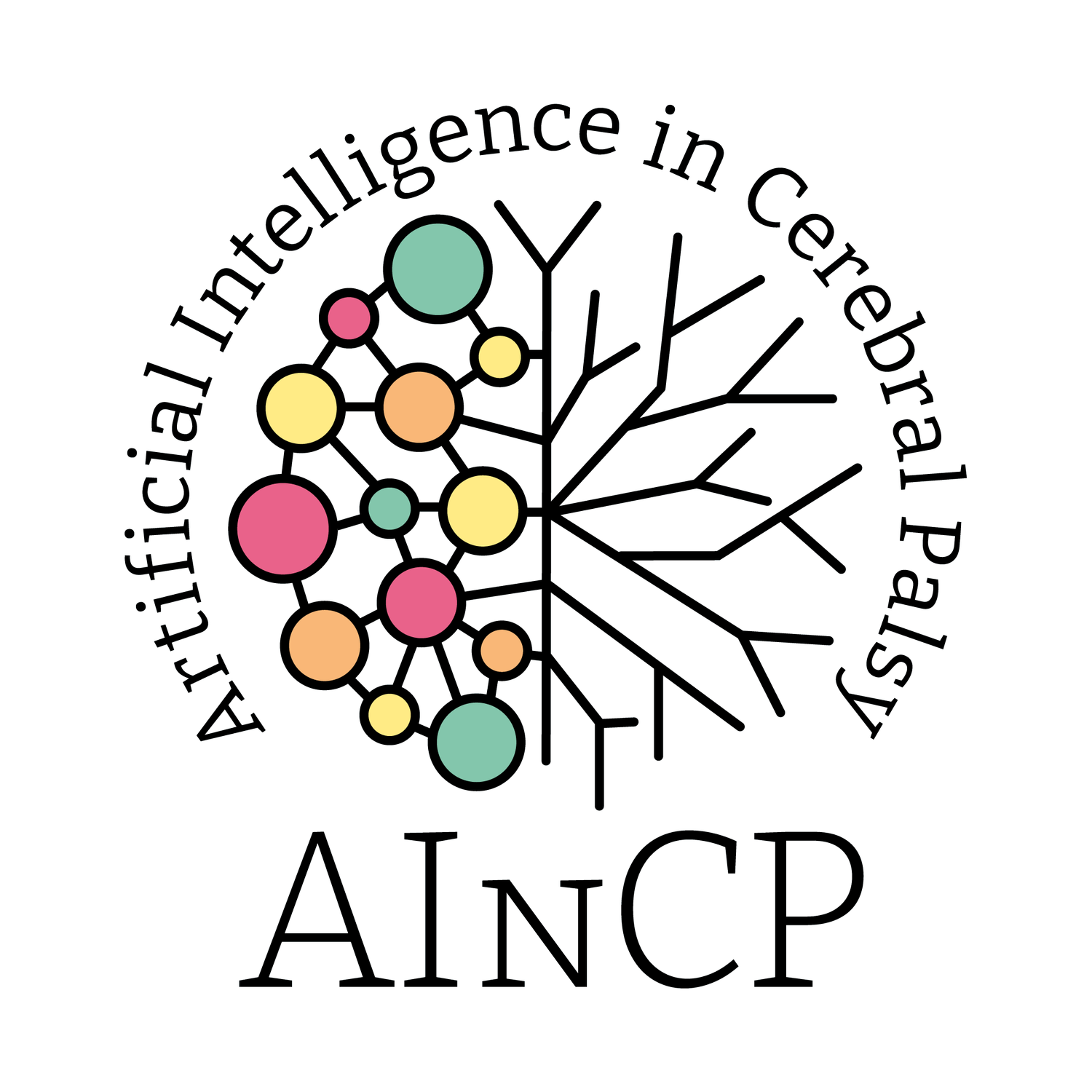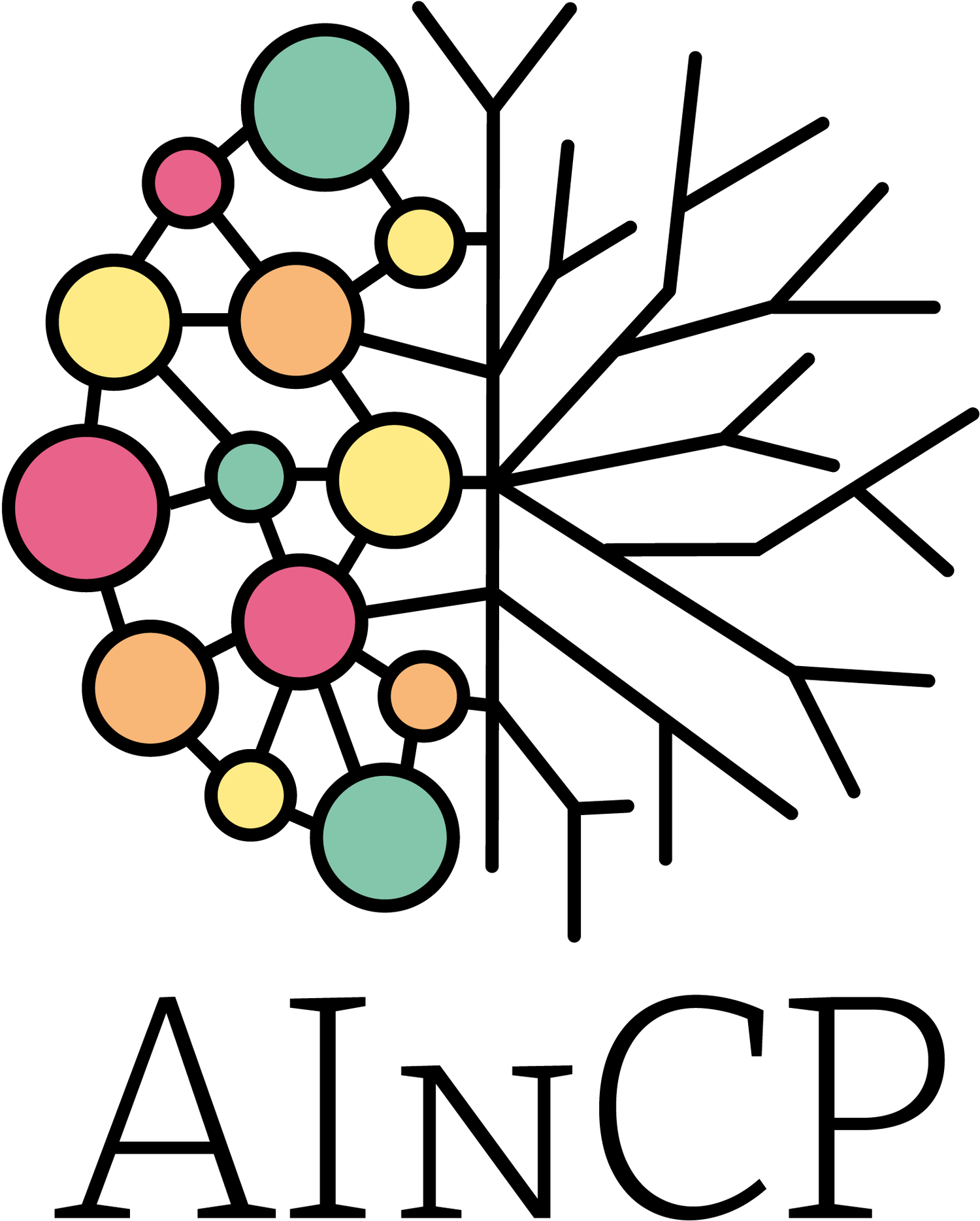A passion for medicine brought me to AI techniques for the study of brain injuries: interview with Alex Pagnozzi
For our AINCP people series, in this article we interview PhD Research Scientist Alex Pagnozzi. We met him in Australia at the “12th AusACPDM Biennial Conference: Respect Respond Reimagine” where he discussed the paper “Innovation in the automated analysis of MRI”, a study run by him together with Ros Boyd, Simona Fiori, Andrea Guzzetta, Kerstin Pannek and Jurgen Fripp.
[A brain MRI produces detailed images of the brain. It can provide clear images of parts of the brain that can't be seen as well with other tests]
We are happy to give our readers the opportunity to meet the real people behind our Project. So, thank you Alex for accepting this interview. Let’s start from a general introduction about you and your job:
My name is Alex Pagnozzi, I live in Brisbane, Australia and I am a Research Scientist with The Australian e-Health Centre, CSIRO.
What is your involvement in the AINCP clinical studies?
I am leading the advanced MRI analysis for the AINCP study, looking at developing a complete clinical profile of the participants using structural neuroimaging, and probing microstructural changes in the brain in response to intervention.
When did you decide your course of study and why?
Growing up I wanted to be a doctor, but lacked the people skills. However my strong mathematical ability led me to engineering. I studied electrical engineering and science (double degree) as I was still interested in medicine, and there was no biomedical engineering course yet in Western Australia.
At graduation many of my peers went into the mining industry, which was in a boom in Western Australia at the time. However, I travelled across Australia to Brisbane to do a PhD in MRI analysis. I loved visualising the brain and developing machine learning methods to segment different structures to understand the clinical implications of brain injury.
You have a physical disability in one arm, how has it affected your career choice?
Since I was young I was always interested in computers, and on the whole I was able to use them (the only thing I don't do is two handed typing). Thankfully my physical disability does not really impact my job. What it does is provide meaning for my work. Knowing that the research I do will eventually help children with physical disabilities have a better quality of life is incredibly rewarding.
Any anecdote or insight you wish to add?
While I don't have CP, I am familiar with the process of going to the hospital frequently, and having multiple different interventions (ways to get me to move my hand) tried out. I hated them, they were either difficult, or boring, or involved wearing uncomfortable gloves.
The best rehabilitation for me in terms of developing finger control of my hand was using the Nintendo 64 controller (which was not the best designed controller). Nevertheless, it helped me far more than anything else, and showed me that the best rehabilitations are individualised, whatever incentivises that person to move!

